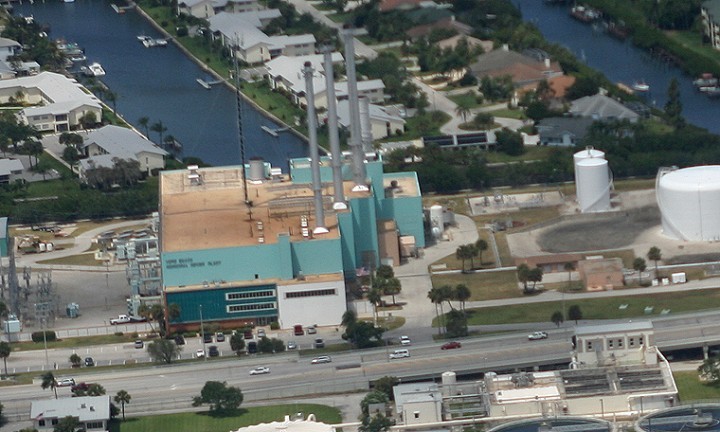VERO BEACH — Five years into the City of Vero Beach’s effort to sell its electric utility to Florida Power and Light, there are still those, including Vice Mayor Jay Kramer, who assert the city can yet be competitive with FPL rates, but Councilwoman Pilar Turner says the numbers show that it is “impossible.”
Turner was set to present a pie chart of the $91 million electric utility budget this week, showing a representation of how much of the utility’s expenses are fixed and tied to power supply contracts, and how much may be somewhat variable.
“The chart shows that 65 percent of the electric utility’s budget is the power contracts,” Turner said of the nearly $61 million the city pays for the power it re-sells to ratepayers. “The other 35 percent is all the rest of the expenses that we may have any control over.”
Included in that 35 percent or $32 million is salaries, health benefits and pension contributions for 100-plus utility employees, $4.2 million in operating expenses for the power plant, the transmission and distribution offices and all the substations, lines, transformers, electric meters, vehicles and $3.4 million in what’s called renewal and replacement of components.
Customer service costs $1.8 million per year. Debt service payments amount to $6.7 million per year.
On top of all that is more than $7 million in transfers to the general fund – direct transfers the city is counting on to fund the municipal budget, plus additional transfers labeled “General and Administrative,” a catch-all category that pays for a portion of City Hall, the city manager, city clerk, city attorney, finance and purchasing departments, as well as human resources and risk management services.
“Each million dollars we cut from the (Vero electric) budget results in, roughly, a 1 percent reduction in rates.” Turner said. “The numbers don’t lie, it’s impossible to get our rates down to FPL rates by cutting the budget.”
Based on residential bills, FPL’s rates as of March are about 24 percent lower than Vero, or Vero is about 34 percent higher. Whichever way you look at it, Vero is much more expensive. Cutting an approximate $24 million from the $32 million in non-power-related expenses would leave the city only $8 million with which to operate the entire utility.
Theoretically, eliminating all direct and administrative transfers to the general fund and shutting down the power plant would cut rates by between 11 and 12 percent – if it were that simple.
Turner said she’s working with FPL officials to analyze what transmission upgrades would be required to support the overall power grid and to persuade regulators to permit the mothballing of Big Blue.
FPL had estimated it would spend somewhere between $20 million and $30 million on transmission upgrades before the power plant is shut down.
“We’re trying to figure out what transmission upgrades would absolutely need to be done and what might be the debt service payments if the city had to finance that. Plus if we mothballed the power plant, there would be an expense, plus the payouts to the employees who would lose their jobs. We would pay those expenses in our rates for at least a couple of years.”
While on the topic of rates, Turner said she would also bring forward the results of a research project on which she enlisted the help of utility activist and CPA Glenn Heran – comparing 44 different commercial electric bills to calculate the rate disparity between FPL rates and Vero electric rates.
Until now, almost all comparisons that have been circulated have focused solely on residential rates, which is a simpler comparison.
“The comparison of the 44 commercial electric bills shows two rate disparity trends. Non-demand customers, which represent well over half the commercial users, are consistently 33 percent higher than FPL for all consumption. Demand electric accounts, which are the remainder of commercial customers, are even worse averaging from 40 to 50 percent higher than FPL,” Heran said. “Some accounts are 60 percent higher. The average rate disparity for the 44 Vero accounts tested was 47 percent higher than FPL, significantly higher than the residential rate disparity.”
In short, there’s apparently little hope of trimming the budget enough to put Vero Beach businesses on an even keel with their counterparts on the FPL system.
“These high-volume users, some of the largest employers in the county, are paying what amounts to crippling electric rates to the City of Vero Beach due to the inefficiency of municipal electric utilities and due to costly power contracts with the Florida Municipal Power Agency and the Orlando Utilities Commission,” Heran said. “Like I’ve said from the beginning, Vero would have to get a portion of its wholesale power for free to be competitive in the electric business.

